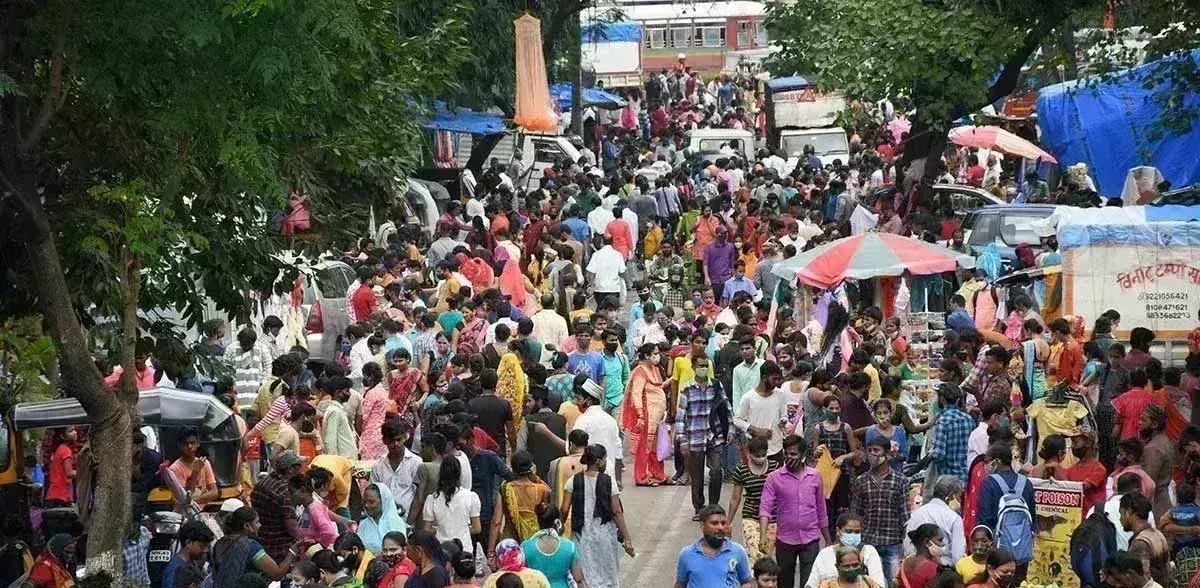
Kerala, Northeast states contribute most to India's rising COVID positivity rate
text_fieldsNew Delhi: Fuelling worries about the pandemic rearing its head again, India's R-factor, which indicates the speed at which COVID-19 infection is spreading in the country, is climbing steadily with Kerala and the Northeastern states occupying top spots.
An analysis by researchers at the Institute of Mathematical Sciences in Chennai has found that among the metro cities, the R-values of Pune and Delhi are inching towards one, as per a report by NDTV.
As per Sitabhra Sinha of the Institute of Mathematical Sciences, who is leading the team, an outbreak can be controlled much easier when the number of active cases remains in the range of a few hundred and the R-value is near one.
The analysis has further revealed that when the second wave of the COVID-19 infection was at its peak, the overall R-value in the country was estimated to be 1.37 between March 9 to April 21.
However, it declined to 1.18 between April 24 and May 1 and then to 1.1 between April 29 and May 7.
Between May 9 and 11, the R-value was estimated to be around 0.98. It dropped to 0.82 between May 14 and May 30 and further to 0.78 from May 15 to June 26. The R-value however rose to 0.88 from June 20 to July 7 and then to 0.95 from July 3-22.
An R-value of 0.95 means, every 100 infected people on an average pass on the infection to 95 other individuals. If the R-value is lesser than 1, it means the number of newly infected people is lower than the number of infected people in the preceding period which means the disease incidence is going down.
The smaller the value of R is, the faster the disease is on the decline. Conversely, if R is greater than 1, the number of infected people is increasing in each round -- technically, this is what is called the epidemic phase.
The bigger the number is faster the rate of spreading of the disease among the population.
"India's overall active cases are fluctuating too much to get a reliable estimate, but data is pointing at a value close to one. It may tip over either way in the coming few days," said Mr Sinha.
The report of the analysis comes at a time when the national capital on Thursday recorded 51 fresh COVID-19 cases with a positivity rate of 0.08 per cent.
Kerala has the highest number of active cases and continues to have an R-value around 1.11.
Sinha added that it is likely that Kerala will remain in the top spot for the next couple of weeks. The Northeast continues to have a very bad situation with most states having an R-value of more than one.
Explaining the situation in the national capital, he said if the number of active cases is constant, then the R-value is one.
"Even if R momentarily goes over one, there is a possibility that you can contain it. For example, if the active cases are in hundred, you still have the possibility that you contain it before it goes completely out of hand.
"Once it goes to a few thousand and R is greater than one then the situation is dangerous," Sinha explained.
























